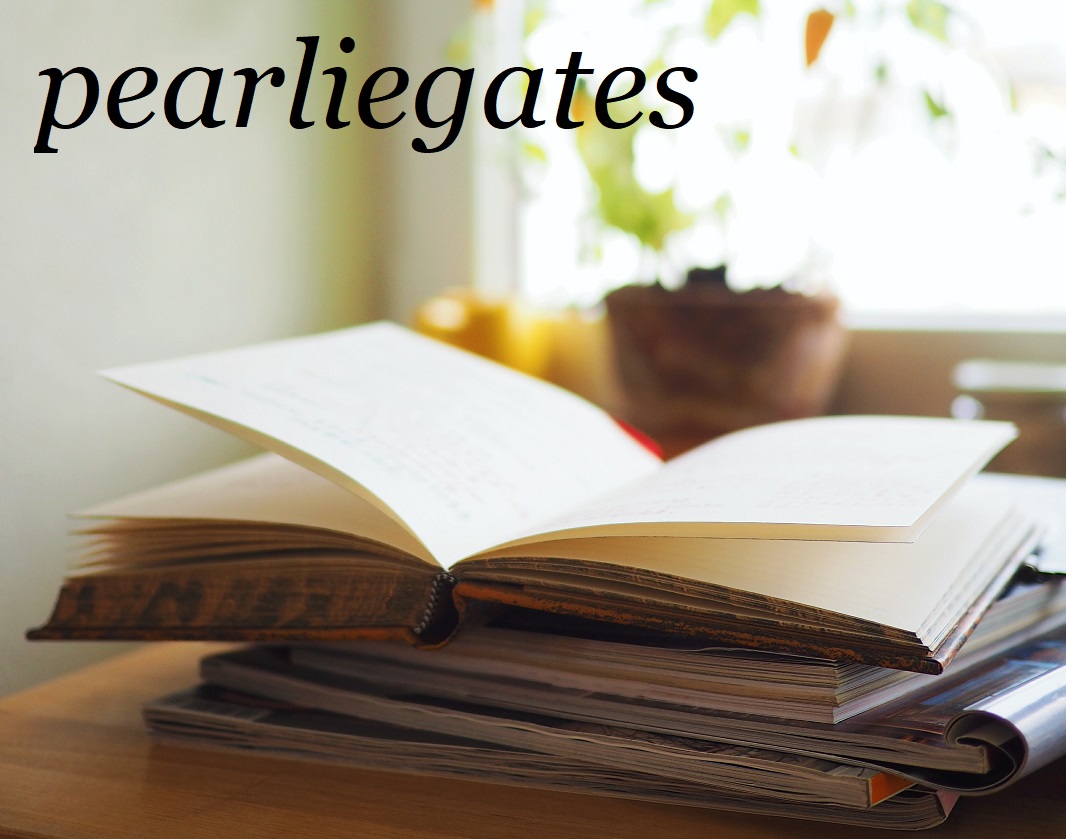We then moved from being good presenters to being good facilitators. We were given a few pointers to use when facilitating session, using the ORID model:
Objective - what were the initial thoughts, what happened, just get the facts from the participants, etc.
Reflective - how did you feel, what made you say that, what were the benefits, how can parallels be drawn, etc.
Interpretive - what does all this mean, what conclusions can you draw, etc.
Decisional - what decisions can we make, what is the action plan, etc.
I was called up first to do the facilitating of a session we had earlier. It was an anagram puzzle with extremely little instructions, which I was late in attending because I needed to go to the washroom. I came in and this was just it:
Solve this anagram: A Galvanisers MothThe group told me when I came in that the instructions were that we can only ask 3 questions and that's it. We only have those words on the flip chart. I was a bit confused at first because they were so concerned about working it out that I did not know what was happening. But when I saw that they had no idea what an anagram was, with one of the questions they planned to ask being "what is a galvanisers moth?" I kind of took over and started to solve it. We got no where - there would be thousands of possible options!
But the exercise was merely a prequel to a facilitation exercise and I was asked to facilitate it and find out what they thought about the intructions given to them.
I suppose because I sort of fell into character since this is quite a common thing, if not exactly, that I do in church. The new thing that I tried out though were the hand gestures - and that was quite interesting.
Click here for pictures for the day: A Cauldron of Cultures
pearlie

No comments:
Post a Comment